Overall, January has many parallels with October 2018, the last Treasury-led correction for equities that produced similar results in stocks and the VIX. In retrospect, that experience was just the warning shot before clearer alarm bells in VIX and substantial hedging gains during the plunge in December that year. With the Fed widely expected to begin hiking rates in March, the stage may be set for more turbulence in 2022.
2021 Year In Review
2021’s results highlight a unique aspect of TCM’s tactical risk management approach: the stronger the S&P becomes, the lower TCM’s hedging expense tends to be. In contrast, static risk management approaches (eg, continuous exposure to put options) tend to create relatively constant expense from year to year, growing ever larger the longer a bull market persists.
Year End Tax Planning
November 2021 Commentary
After stumbling in November, markets face two final hurdles before year end, first on Dec 15 at the final Fed meeting of the year and second when government funds are projected to dry up by Dec 21 absent further action from Congress to extend the US debt ceiling. While debate over this ever-rising “ceiling” has become an annual political sham that invariably ends with more debt, it nonetheless carries a risk of extreme outcomes that must be factored by markets.
October 2021 Commentary
Corrections (declines of less than 5%) are a fact of life in equity markets. They are irrelevant to long term outcomes and very expensive to protect against, yet they still preoccupy investors and the financial industry that caters to them. In our experience, it also seems to be true that the longer markets rise, the more sensitive investors become to corrections. Despite this psychology, the mathematical fact remains that less frequent large declines are the true risk to compound returns, and it is these periods that our approach seeks to address.

